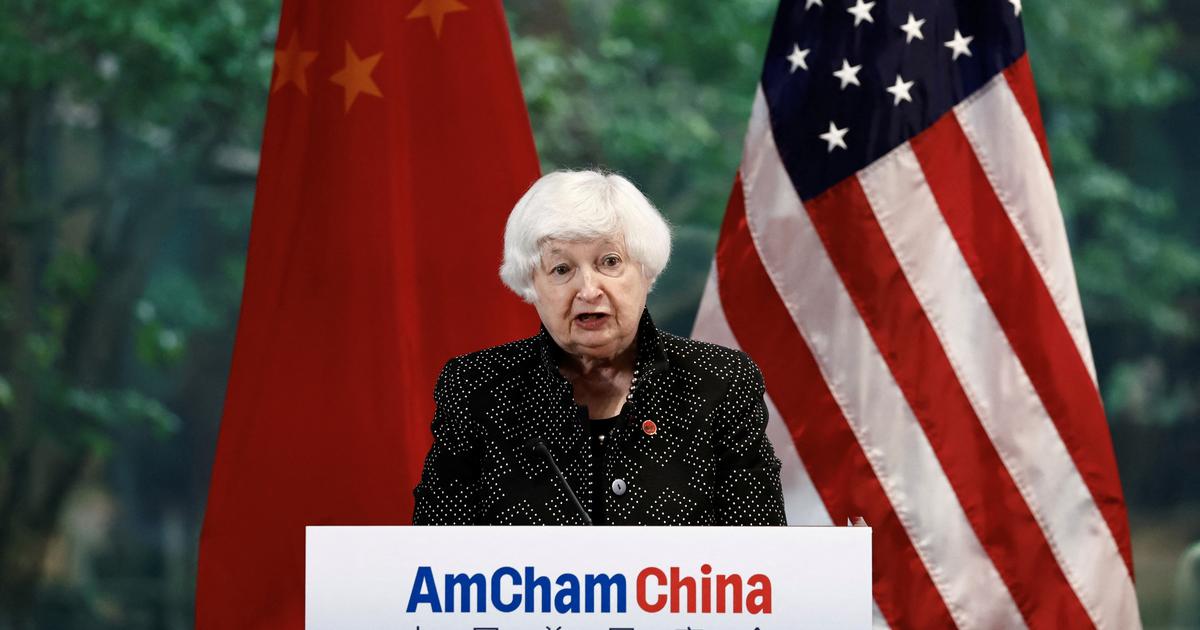Enlarge image
Smartphone chip: Not built overnight
Photo: Lino Mirgeler / dpa
According to experts, the current shortage of chips could turn into overcapacity in the coming year.
The reason is the large-scale expansion of production, which will soon bear fruit, said industry analyst Alan Priestley from IT market researcher Gartner.
The industry has been investing in new factories since the first signs of bottlenecks at the beginning of the corona pandemic.
"That's why we will probably have overcapacity in 2023 or 2024," the expert predicted.
Priestley is counting on the large-scale expansion of production soon bearing fruit.
The industry has been investing in new factories since the first signs of bottlenecks at the beginning of the corona pandemic.
"That's why we'll probably have overcapacity in 2023 or 2024."
At least until the increasing demand eats them up.
This interplay is in itself typical for the chip industry, stressed Priestley.
"As soon as demand and supply are in balance, investments are made to have capacity for the next surge in demand." The current chip crisis was so severe because in some areas not enough was invested in expansion - and at the same time demand has skyrocketed with the increased work and learning in the corona pandemic.
There is a lack of simple chips
It makes everything even more complex that there is not just one semiconductor industry.
Different chips are required for different tasks – and for these there are different production processes that cannot be arbitrarily interchanged.
An important feature is the so-called structure widths - put simply: how finely the lines of the circuits are drawn.
The smaller the structure widths, the more powerful and efficient the processors are.
For something like a transformer or other simple tasks, the less filigree constructions are sufficient - which are also less lucrative, so that the capacities for them had leveled off at a low level.
And then came the corona boom.
It was often the lack of a few simple components that prevented cars or computers from being completed.
In addition, chip plants cannot be built overnight - and they are not necessarily flexible either.
"If I build a factory for chips with a structure width of seven nanometers, I can't easily convert them to five nanometers," says Priestley.
And it is not as easy as in other areas to simply let production rest.
That's why companies have to plan their expansion decisions with particular foresight - and new capacities in one area are not necessarily helpful for other parts of the industry.
Another bottleneck are machines for chip production.
With super-narrow structure widths, the only way forward is with UV lithography - and the European manufacturer ASML is practically the only supplier for this.
He is accordingly fully booked.
Stories of desperate measures are doing the rounds in the industry.
At the presentation of the latest quarterly figures, ASML boss Peter Wennink spoke of his conversation with the management of a “very large industrial group”, whose name he kept to himself.
"They actually told me that they buy washing machines to rip out semiconductors and put them in industrial modules." Of course, one could say that that was just an anecdote, admitted Wennink.
"But that happens everywhere."
Another problem for the industry came with the war in Ukraine.
The lasers of the lithography machines require neon in addition to other gases.
And that's a common by-product of steelmaking.
The huge Azovstal steelworks in Mariupol, which has been shelled and bombed by Russian troops in their war of aggression against Ukraine for weeks, was an important supplier of neon.
The loss of shipments from Ukraine, while disruptive, will be something the industry will have to digest, Priestley said.
“There are other sources too” – including the large steel mills in South Korea.
mike/dpa






/cloudfront-eu-central-1.images.arcpublishing.com/prisa/GJCBMBH57MQHVYCI4ZPKB6IKRI.jpg)

/cloudfront-eu-central-1.images.arcpublishing.com/prisa/GDO6WKTQ7RFXX2LM5LUOSIODT4.jpg)